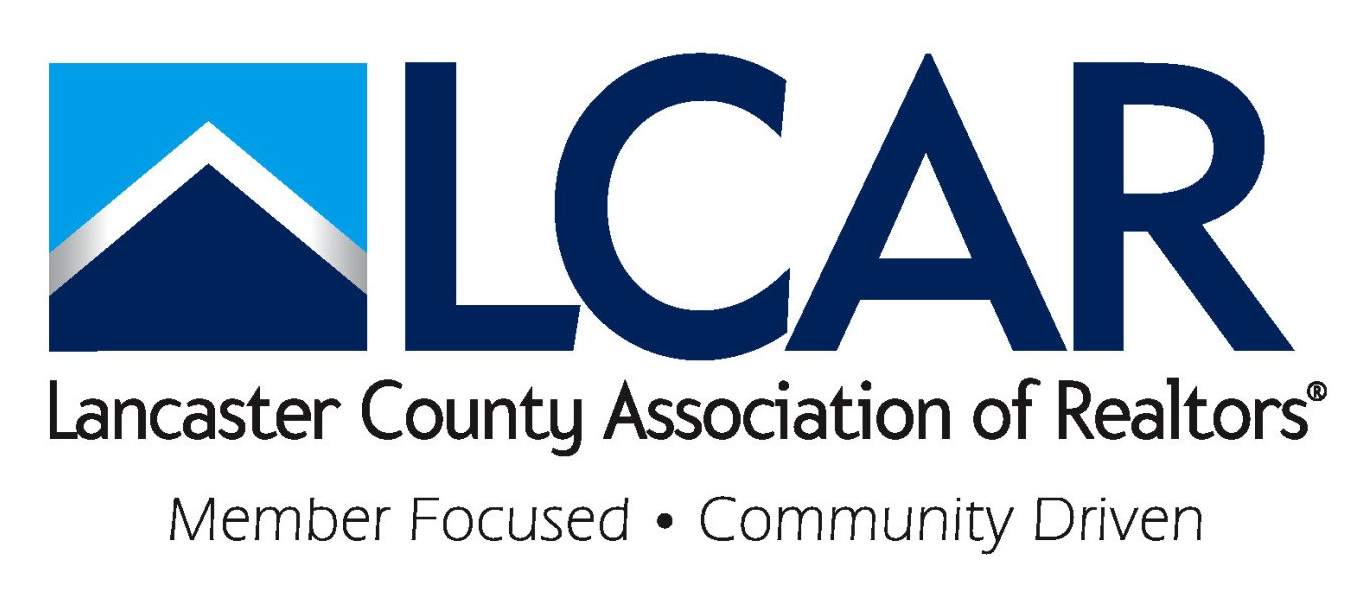Electrical Systems of Older Homes


Think about what homes from the 1920s had in them that required electricity. Then think about what we have in our homes now that depends upon electricity. There are some big changes, right?
Back in the 1920s, most of the home's circuits were lighting and a few basic appliances. Today we have multiple televisions, DVRs, computers, clothes dryers, electric ranges, air conditioners, microwave ovens, refrigerators, surround sound systems, video game consoles, and then add in the lighting circuits.
It doesn't take long to figure out that the electrical needs of the homes in the 21st century far surpass those needs of homes that were wired in the 1920s. Often while inspecting older homes, I will still find electrical systems that are considered antique by today's standards and can't reasonably or safely handle today's electrical needs. Long ago a 60 Amp electrical service was standard and could suffice for the home's needs of that era. For 40 plus years, a 200 Amp/240 Volt service has been considered standard for the average new single-family home. Most insurance companies will no longer insure a home with less than 100 Amp/240 Volt service, yet I still occasionally find 60 Amp electrical service in homes.
Fuse over-current protection still sometimes exists in these older homes. As the name implies, an over-current protection device (like fuses or circuit breakers) helps prevent too much current flow in a wire. Too much electrical current draw on a wire can be caused by a faulty appliance plugged into that circuit or may simply be too many appliances on that circuit. Electrical current flowing on any wire causes the wiring to heat up slightly. It is known how much electricity can safely pass on a given sized piece of wiring without overheating. Therefore, the National Electrical Code (NEC) has set standards for what size of electrical over-current protection different sized and types of wiring should have.
Once the amount of current flow exceeds what the size and type of wiring can safely handle, the wire can overheat; and in extreme cases can cause a fire. In some instances it has been proven that a fuse is less likely to fail, compared to an older circuit breaker, when the over-current device needs to act. While fuses are still considered a viable protection method in electrical systems, modern circuit breakers are more convenient when a circuit trips. No need to replace a circuit breaker when the device trips, unlike a fuse. Circuit breakers are more convenient in some regards such as once the breaker is installed it is simply reset when it trips. Once a fuse blows and needs to be replaced, one may improperly replace it with a higher rated fuse and thus introduce a new safety hazard. Some circuit breakers can jam when their mechanical components need to operate (open the circuit) whereas a fuse can't jam since it's really just a thin strip of wire inside the fuse.
For example, 14 AWG (American Wire Gage) copper wiring is safely rated for 15 Amperes ("Amps" for short). An ampere is a unit of measure for electrical current flow. Installing a 30 Amp fuse or circuit breaker on this 14 AWG copper circuit presents a possible risk of fire since the wiring may overheat if the circuit is taxed before the fuse blows or breaker trips. Circuit breakers generally do not instantly trip once it detects an overload but rather has a 'delay effect' if you will. It may take a circuit breaker 20 minutes to trip upon an overload, whereas there are slow and fast acting fuses. While I do see circuit breakers and wiring gauge that do not match from time to time, I see oversized fuses much more often as it is simpler for a homeowner to easily swap out one fuse for another. And yes, occasionally people are out of fuses and simply stick a penny in the fuse receptacle. As I am sure you have already guessed, a penny is in no way an over-current protection device and can certainly lead to a fire since the penny provides no over-current protection for the circuit.
Older breaker panels also can be a concern. Mechanical and electrical components tend to deteriorate with age. Some people are under the dangerous assumption that breaker panels and their components tend to deteriorate with age. Some people are under the dangerous assumption that breaker panels and their components have an unlimited life expectancy. The rule of thumb in the home inspection industry is generally 30 years for these systems. Ideally breaker panels older than 30 years old should be evaluated by a qualified electrician to make sure its breakers will still function if they need to trip, for example. Who knows if any of the circuit breakers have ever NEEDED to trip but didn't. Home inspectors don't remove circuit breakers from the panel, and it is possible that arcing or burn marks may exist hidden behind the breakers possibly signaling a hidden hazard. These characteristics can be tell-tail signs of dangerous issues existing. A qualified electrician can determine if these issues have occurred. If no issues are apparent, this can help put a buyer's mind a little more at ease.
The type of wiring in the home can also be an issue. Up to the mid to late 1940s, knob and tube (K&T) wiring was common. Knob and tube wiring on its own is not inherently a problem. It becomes a problem, however, when modified by unqualified people. This type of wiring consisted of two individual wires that were run independently and then joined where needed to power lighting, switches and receptacles. Today's modern wiring is commonly called Romex or NM (non-metallic sheathed) cable and includes all of the conductors together in one sheathed piece of wiring. Today's circuits should be grounded. Modern Romex wiring includes a bare copper grounding conductor. Know and tube wiring did not include a grounding wire. Knob and tube wiring is designed to be air cooled which means there should be no thermal insulation or other materials around the wiring. Also the size of the know and tube's individual conductors may be inadequate in some circumstances to supply today's electrical loads an, in my experience, tend to have unsafe junctions either to other knob and tube or to more modern wiring. It's not unheard of for knob and tube wiring to be missing its insulation leaving exposed wire conductors within reach. Just imagine if you're walking in an old basement and your head accidentally brushes up against uninsulated knob and tube wiring. Can you say OUCH??? That is after, and IF, you get back up after being shot across the basement with the shock of your life.
As part of a home inspection, the home inspector should report on the type(s) and visual condition of the accessible wiring in the home. Keep in mind, however, that most of a home's wiring is hidden within walls and ceilings or behind insulation which limits the inspector's visual access of the home's wiring to areas such as the basement and attic.
Knob and tube wiring is called that because there are ceramic knows (for securing the wiring to wood framing, for example) and ceramic tubes (for passing wiring through framing). The photo below shows knob and tube (K&T) wiring.

Several well-known insurance companies will not insure homes with active know and tube wiring. When I see knob and tube wiring, I use a voltage sniffer on both conductors to try to determine if they are still live (energized). If so, I take a photo to include in the home inspection report and make a note to the buyer and agent about its presence and explain its issues. I know of instances that buyers didn't find out that they were being denied insurance coverage until the day of closing. I recommend buyers check with the carrier they are planning to use to verify coverage soon after the inspection and not waiting until right before closing. If need be, get quotes from several carriers that will insure knob and tube wired homes. Doing this right after the home inspection can save you headaches down the road. Of course an alternate thing to do would be to have the knob and tube wiring taken out of service and have modern Romex wiring installed as an upgrade which provides grounded circuits.
A very common thing that I regularly find in older pre-1965 homes are ungrounded 3-wire receptacles. Older 2-wire ungrounded type receptacles should only be changed to modern 3-prong grounded type receptacles if the wiring between teh fuse box or breaker panel and the receptacle is also replaced with modern wiring and properly grounded. In many cases someone swaps out the older 2-wire ungrounded type receptacle with 3-wire receptacles but doesn't actaully replace the 2 conductor wiring with 3 conductor grounded wiring. This presents an unsafe condition since new people will assume the 3 wire receptacles are grounded. An example of this is homeowners plugging in surge protectors into the small 3-wire to 2-wire reducers that you can buy at a hardware store. Surge protectors require a grounded circuit. Plugging a surge protector into an ungrounded circuit (either a 2-wire receptacle or an improperly installed 3-wire receptacle) provides no surge protection.
Some other things you may want to consider with old electrical systems is having a qualified electrician install Ground Fault Circuit Interrupter (GFCI) protection at receptacles in wet areas such as bathrooms, kitchen counters and the exterior. A GFCI receptacle doesn't need to be grounded to properly function, so GFCI devices may be installed in place of ungrounded older 2-wire (pre-mind 1960s) Romex only if the receptacle is labeled "No Equipment Ground". While the National Electrical Doe (NEC) didn't require GFCI protection until the 1970s, adding GFCI protection in the wet areas listed above can help prevent a shock. GFCI protection is required in the above-mentioned areas in modern homes. The photos below show a GFCI circuit breaker and a GFCI receptacle.


This article isn't meant to scare potential buyers from purchasing an older home, but rather to enlighten the agent and client that issues may exist with the older home's electrical system, especially if the electrical system hasn't been updated in decades. Agents who routinely list older homes may want to keep these issues in mind and discuss them with their sellers prior to listing, just to prepare them. My advice is to have a thorough home inspection performed by a qualified home inspector and be prepared for the possible need for repairs or updates to an older system. Your client's life may depend on it.
Facts, opinions and information expressed in the Blog represent the work of the author and are believed to be accurate, but are not guaranteed. The Lancaster County Association of Realtors is not liable for any potential errors, omissions or outdated information. If errors are noted within a post, please notify the Association. Posts represent the author's opinion and are not necessarily the opinion of the Association.












